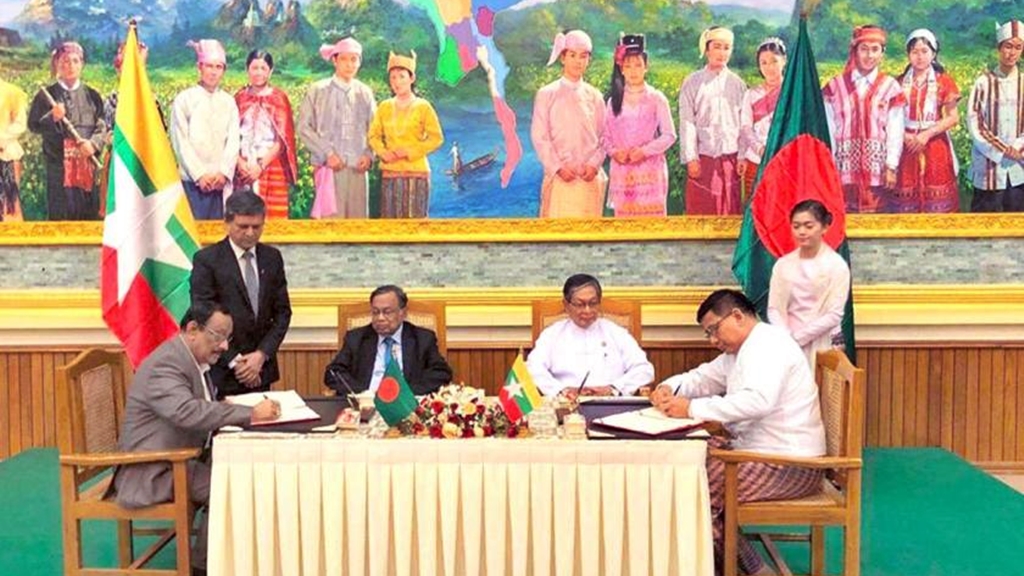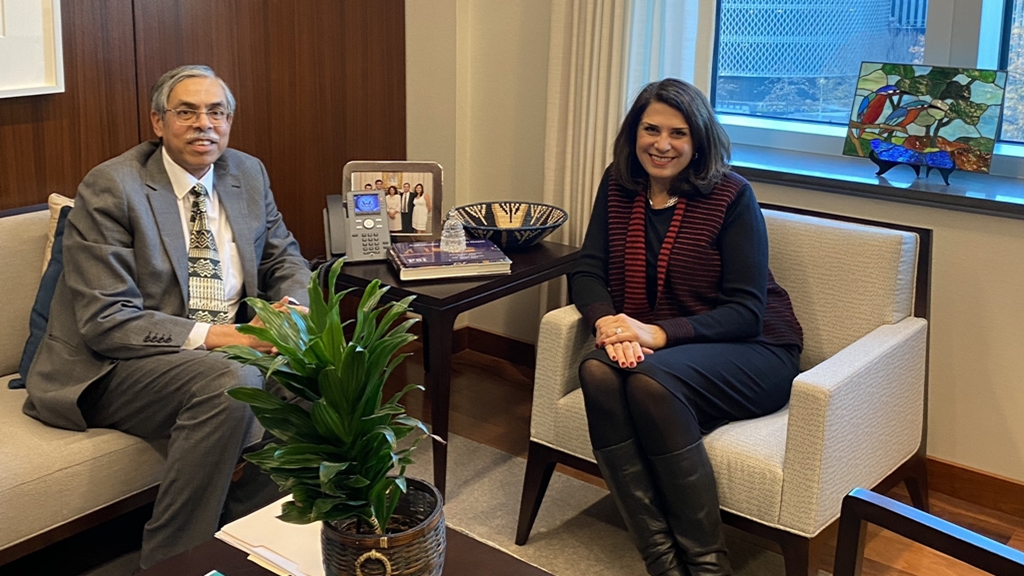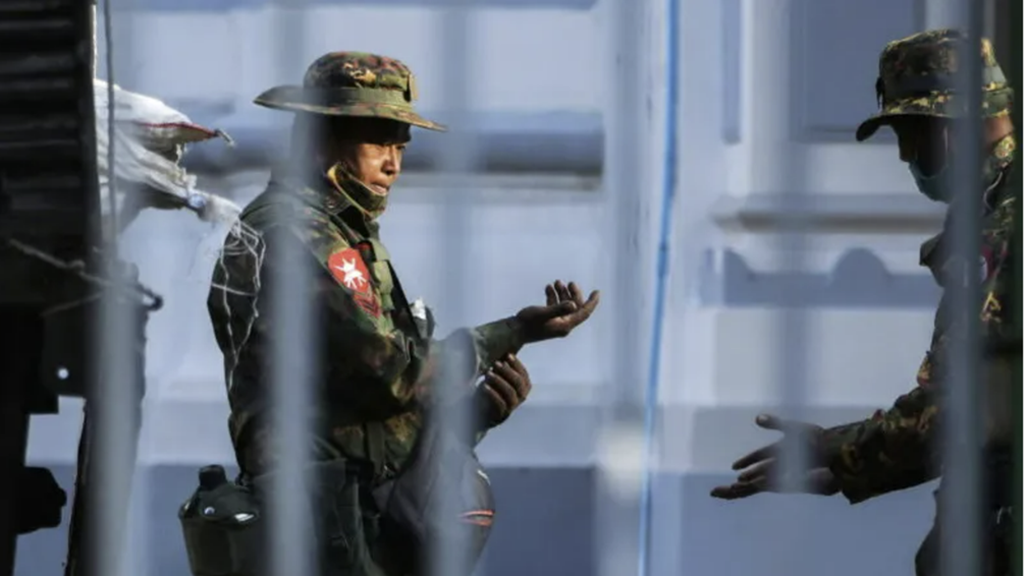
What Will We Expect From the Tripartite Efforts of China, Bangladesh and Myanmar?
- 04/09/2019
- 0
By Aman Ullah
A.K. Abdul Momen, the Foreign Minister of Bangladesh, told to the Dhaka-based diplomats and representatives of international agencies on efforts to repatriate Rohingya refugees on Aug. 29, 2019 that, China has proposed a fresh tripartite meeting with Bangladesh and Myanmar to jumpstart the repatriation of Rohingya Muslims. China’s proposal came a week after a second attempt to return thousands of Rohingya refugees to Myanmar from camps in southeastern Bangladesh collapsed.
According to FM Momen, it would not be the first time for China to arrange a tripartite meeting about the Rohingya, there had been another two meetings earlier – one in New York and the other in Beijing.
The Chinese diplomat who was also in that meeting with FM Momen told reporters that they had discussed “many important issues,” including a “sustainable repatriation” of the Rohingya refugees. He did not elaborate.
During Bangladeshi Prime Minister Sheikh Hasina’s visit to Beijing last month, she was told by Chinese President Xi Jinping and her counterpart, Li Keqiang, that a sustainable repatriation to Rakhine was the best solution to the Rohingya crisis, Momen told to reporters. “The Chinese ambassador came to my office and reiterated their position,” he said.
Earlier, in November 2017, the Chinese government lays the out the following three-point plan to ease Rohingya crisis: –
“The first is to have a ceasefire and to restore order and stability, so the people can stop running away and live in peace”.
“In the second stage, all parties should encourage and support Myanmar and Bangladesh to strengthen exchanges, to find a way to solve this issue through consultation on the basis of equality.”
The third stage was for the international community to help develop Rakhine.
China, Myanmar’s top investor, has in recent years strengthened its position in the western part of the country where the Muslim Rohingya minority lives. Rakhine’s facilities are vital to China, which seeks to secure pipelines that carry oil and natural gas from the Middle East to Yunnan. (Southwest China), avoiding Malaga Strait between Malaysia and Indonesia.
China is also the largest foreign investor in Myanmar, with a total business volume of $ 25.3 billion. Myanmar’s economy is closely linked to China, which has strengthened trade, energy and defense ties. Overall, China’s foreign direct investment accounts for about a quarter of total foreign direct investment in Myanmar.
Between 1988 and 2014, China’s investment reached more than $ 15 billion in the military-run country, most of which was in the mining and energy sectors. China also continues to supply the country’s military regime with weapons and equipment.
For Rakhine’s state, China has pumped billions of dollars for investment into ports, and natural gas and oil in the war-ravaged state. There is a giant business in Rakhine State, located on an area of 1700 hectares at a cost of $ 2.3 billion in cooperation with China. Once the project is completed – in 20 to 30 years – the commercial area will cover about 100 hectares. China also has a deep seaport and a large economic zone at a cost of $ 9 billion in Kyaukpyu, south of Rakhine, an area dedicated to China until 2038.
Moreover, the Rakhine state plays a significant role in China’s Belt and Road Initiative (BRI). Like Gwadar port in Pakistan, Kyaukphyu port and Myanmar will be important links in both the Maritime Belt and Silk Road components of the BRI. As a result, the “stability of Rakhine” is regarded as “important” to the success of the BRI. The violence and unrest in Rakhine could have impact on the success of its projects in Myanmar and the BRI, in particular, underlie China’s interest to end the Rohingya crisis and restore stability in the region.
The Rohingya crisis, if not resolved soon, may haunt the entire Southeast Asian region. And the difficult terrain of mountains and forests is most suitable to sustain long-term guerrilla warfare both against Myanmar and China, and that would be extremely costly to endure.
This crisis indeed is going to be a stain on the leadership of China and other countries for a long time to come. Even a drop of conscience should compel Chinese policymakers to act responsibly for about one million refugees—according to the most recent UN assessment—are living in dire and desperate conditions in Bangladesh, a poor country itself.
Looking back, when Rakhine residents including Rohingyas revealed the damages they faced due to the Chinese gas-oil pipeline project (from Rakhine to Yunnan province of China), had China given the local residents fair compensation for the expropriated lands for China’s pipeline project, things might have turned out differently. The compensations for Rakhine residents would have been only a tiny fraction of the enormous benefit China would receive every year by bringing in gas and oil through Rakhine instead of through the distant Strait of Malacca and the risky South China Sea.
A stable and developed Rakhine would have been conducive to China’s expressed greater vision of the regional developments in which China would remain an indispensable and dominant player. On the other hand, conducive environments, which pave the way for the voluntary, safe and dignified return of the thousands of Rohingya refugees is also very much essential. The possibility of a win-win state of affairs was nipped in the bud. Now, a costly quagmire in the form of a mega humanitarian crisis has emerged.
Thus, the China is a key player for expediting the repatriation process by encouraging Myanmar to create conducive environments in Rakhine State for the repatriation, rehabilitation and reintegration of the Rohingyas. The repatriation must be voluntary, safe, dignified and sustainable.
For a sustainable repartition: –
The repatriation must be voluntary. For their voluntariness it is needed;
To provide all the refugees with adequate information about their rights under international law, including their right to seek refuge and not to be forcibly returned.
To provide them with viable alternatives-– protection in Bangladesh or resettlement to third countries – so that their choice to return is not influenced by a lack of international protection.
Should be consulted individually and not be put under pressure to agree to return to Myanmar as a group.
Repatriation must be under the international supervision.
All returning refugees should be guaranteed their rights to nationality, self-identification and documentation under international law.
All Rohingya should be guaranteed equal treatment under the law and be protected from discrimination. They should be able to enjoy their basic human rights, including the freedom of movement, the right to liberty and security of the person, the right to education and right to an adequate standard of living.
Repatriation should be proceeded and accompanied by step taken by Myanmar which included;
Granting full access to humanitarian and human rights agencies, including UN investigators and monitors.
The reconstruction of all destroyed properties and the guarantee that ownership will be reverted to the displaced occupants, and that they will be able to return to their homes
The de-militarization of North Rakhine State and the ensuring of security of all returnees.
Repatriation should be complemented with an independent process to document all violations committed against civilians; to ensure accountability of all perpetrators; and to compensate victims and their successors.
Community rehabilitation and integration should be prioritized, including through identifying and combating hate speech and through desegregation.
Moreover, the Government of Myanmar must take confidence building masseurs before commencement of the repatriation.
There are almost 600, 000Rohingya still remained in Rakhine. The great majorities of them are confined to camps in central Rakhine, or huddled in often partially destroyed villages across the north. They continue to eke out a precarious existence, denied citizenship of the country in which they were born, and denied access to livelihoods, education, health care and freedom of movement.
Those who are not in camps are essentially confined to their villages by a web of laws and local orders. Some require a Village Departure Certificate to move between villages or a “Form 4” to move between townships. They face curfews that have been imposed for the past two years and they live in fear of harassment, beatings or worse from soldiers, the police and militias.
There are about 128,000 Rohingya – more than half of them children – who have been confined since 2012 in de facto detention camps in Sittwe, Pauktaw, Minbya, Mrauk-U and Myebon townships, and in the Aung Mingalar “ghetto” in downtown Sittwe, the state capital. The camps are often subject to flooding, cut off by checkpoints, and controlled by management committees that regulate every aspect of the lives of the Rohingya, who are dependent on aid handouts.
First of all the Myanmar government should be repatriated to all who are confined in the camps to their original places, rehabilitated them to their original houses and reintegrated them to their original societies. And should withdraw all the restrictions and laws and order for those who are confined in their villages.
Reversing the years of oppression for Rohingya in Rakhine State is vital not only for those still living there, but also for the refugees in Bangladesh. It is impossible to ask anyone to return to a country where they are denied citizenship, security and the basic necessities of life.
The first and most important step for the return of refugees from Bangladesh is not the establishment of reception facilities on the border. It is creating an environment in which all people in Rakhine State can have a reasonable hope of living in dignity.
The only solution is to dismantle the methods and systems of repression in Rakhine State. Abolish the cruel and divisive categories of citizenship based on race and religion, so that all people have an equal right to live, work, study, and seek health care and travel.







